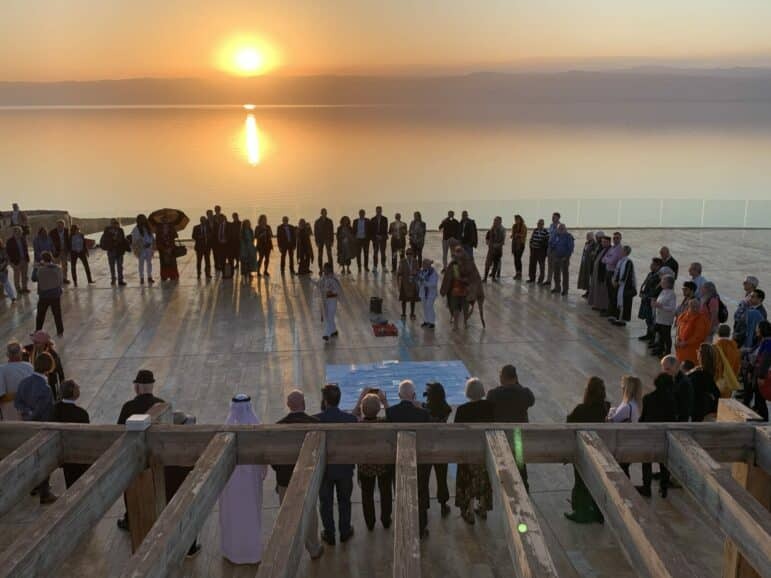We draw our inspiration from the lesser know 'Charter of the Forest' without which the principles of the original Magna Carta would not have been effectively enacted for the benefit of people's lives and livelihoods across the Land.
❧
"Two years after the issuing of Magna Carta, another piece of landmark legislation that curbed the monarchy's power received royal approval.
How the Charter of the Forest came about, what it changed, and why its legacy can still be felt to this day
The Charter of the Forest was a piece of legislation issued in 1217 on behalf of King Henry III, England’s 10-year-old monarch.
The Charter curbed the unbridled power of the monarchy over England’s forests and reasserted the rights of the common people.
Since the Norman Conquest of 1066, England’s kings had been able to seize swathes of forest and turn them into hunting grounds, or Royal Forests, meant exclusively for their use. (It’s worth noting that at this time, a ‘forest’ was not quite what we would think of today – it could also refer to heaths, moorland, fields and even villages and towns in rural areas.) "
—Rhiannon Davies
❧ ❧ ❧
"On 6th November 1217, a document was validated at St. Paul’s Cathedral in London. The contents are often overlooked by the document it enforces, the Magna Carta, and it is rarely cited as much as its illustrious predecessor, although the two are almost always cited and displayed together. This is because together, they tell the story of conflicts fought and liberty gained. The document is the Charter of the Forest – ‘Carta Foresta’ – and whilst it may lack the recognition it deserves, it was the first major expression of the rulings of Magna Carta in a practical sense."
—Timothy R. Jones, The Medievalists
❧ ❧ ❧ ❧ ❧ ❧ ❧ ❧ ❧
From The Charter of the Forest
to
The Story of How Humanity Fell in Love With Itself Once Again,
by Diné, Lyla June Johnston
"...When we remember this, we will remember that the fates of all beings are intertwined with our own. When I remembered this, I found whole-ness in my self—no longer a half-breed, but a daughter of Two Great Lineages, Two Great Rivers that ran together to make one precious child.
Lyla June Johnston essay {of and for humanity & the biosphere}
Platformed at Center for Earth Ethics
"The Center for Earth Ethics works to change the dominant value system from one based on short-term material gain—no matter the pollution, depletion and inequity that result—to one based on the long-term health of the whole community of life. We work through education, convening and advocacy to raise public consciousness as well as to shift policy and culture.
We connect individuals and groups through four areas of focus: sustainability and global affairs; environmental justice and civic engagement; Indigenous wisdom, values and rights; and ecology, spirituality and faith. We use our unique convening capacity to tackle pressing issues, not only to speak truth to power but also to amplify the voices of those building a different kind of power, often along the margins. "
____________________________________________________________________________________________________________________________________
Footnote:
Re Context for sensemaking: WARM DATA
Why is 'warm data' important for sensemaking?


